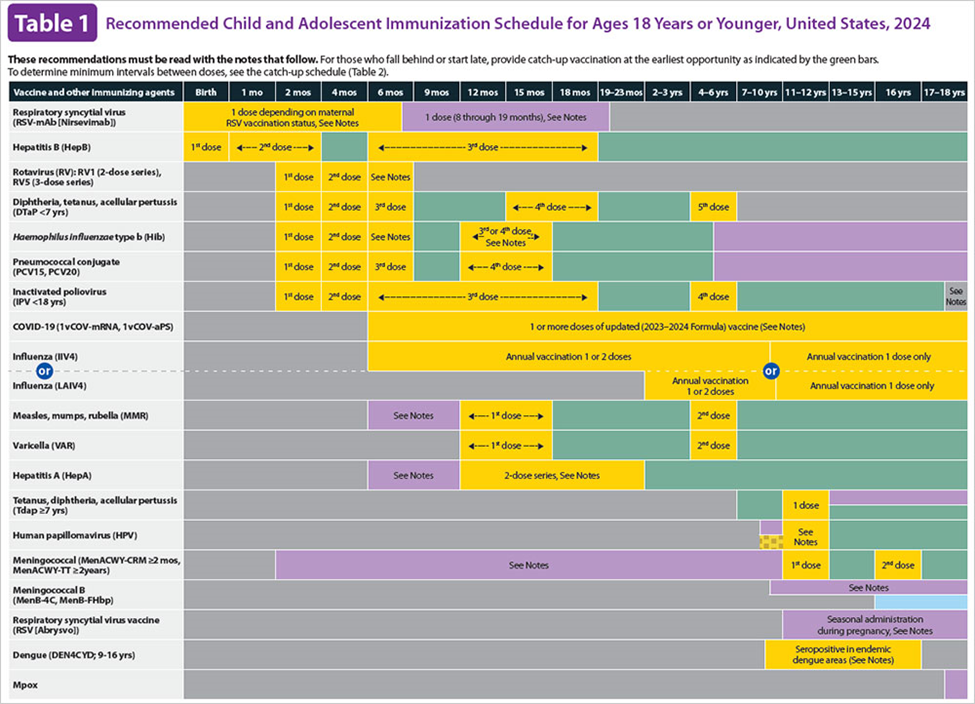Bacterial infection caused by both staph and strept bacteria. Usually sign around mouth and nose, more common in children and the elderly.
Eczema
Vitiligo
Angioedema
Impetigo
The Correct Answer is D
A. Eczema: Eczema is a chronic skin condition characterized by inflammation, redness, and itching. It is not typically caused by bacterial infections and does not present with signs around the mouth and nose.
B. Vitiligo: Vitiligo is a condition characterized by the loss of skin color in patches. It is not caused by bacterial infections and does not typically present with signs around the mouth and nose.
C. Angioedema: Angioedema is swelling beneath the skin, often around the eyes and lips, and is commonly associated with allergic reactions or other triggers. It is not caused by bacterial infections.
D. Impetigo: Impetigo is a bacterial skin infection caused by Staphylococcus aureus or Streptococcus pyogenes bacteria. It commonly presents with red sores or blisters around the mouth and nose, especially in children and the elderly. Therefore, option D, Impetigo, is the correct answer.
Nursing Test Bank
Naxlex Comprehensive Predictor Exams
Related Questions
Correct Answer is B
Explanation
A. Maintain a saline-lock:
While maintaining a saline lock is important for ensuring vascular access in case of emergency, it is not the priority action in caring for a child with acute glomerulonephritis. Monitoring fluid balance and electrolyte levels may be necessary, but the immediate priority is to educate the parents about potential complications.
B. Check the child's weight daily:
Monitoring daily weight is crucial in acute glomerulonephritis, as it helps assess fluid balance and detect early signs of fluid retention or worsening kidney function, which are key concerns in this condition. This makes it a priority action.
C. Place the child on a no-salt-added diet:
Dietary modifications, including reducing salt intake, may be recommended for managing acute glomerulonephritis. However, it is not the priority action at this stage.
D. Educate the parents about potential complications:
Parental education is important for long-term management and understanding of the condition, but it is not the most immediate priority in the acute phase of the illness.
Correct Answer is B
Explanation
A. Influenza:
The influenza vaccine is typically administered annually starting at 6 months of age. It helps protect against seasonal influenza viruses and is usually recommended during the fall or winter months.
B. Rotavirus:
The rotavirus vaccine is routinely administered to infants starting at 2 months of age, with additional doses given at 4 and 6 months of age. It helps prevent rotavirus infection, which can cause severe diarrhea and vomiting in infants and young children.
C. Measles, mumps, rubella (MMR):
The MMR vaccine is typically administered around 12-15 months of age, with a second dose given at 4-6 years of age. It helps protect against measles, mumps, and rubella, which are contagious viral infections that can cause serious complications.
D. Varicella (VAR):
The varicella vaccine, also known as the chickenpox vaccine, is usually administered around 12-15 months of age, with a second dose given at 4-6 years of age. It helps prevent chickenpox, a highly contagious viral infection characterized by a rash and fever.

Whether you are a student looking to ace your exams or a practicing nurse seeking to enhance your expertise , our nursing education contents will empower you with the confidence and competence to make a difference in the lives of patients and become a respected leader in the healthcare field.
Visit Naxlex, invest in your future and unlock endless possibilities with our unparalleled nursing education contents today
Report Wrong Answer on the Current Question
Do you disagree with the answer? If yes, what is your expected answer? Explain.
Kindly be descriptive with the issue you are facing.
